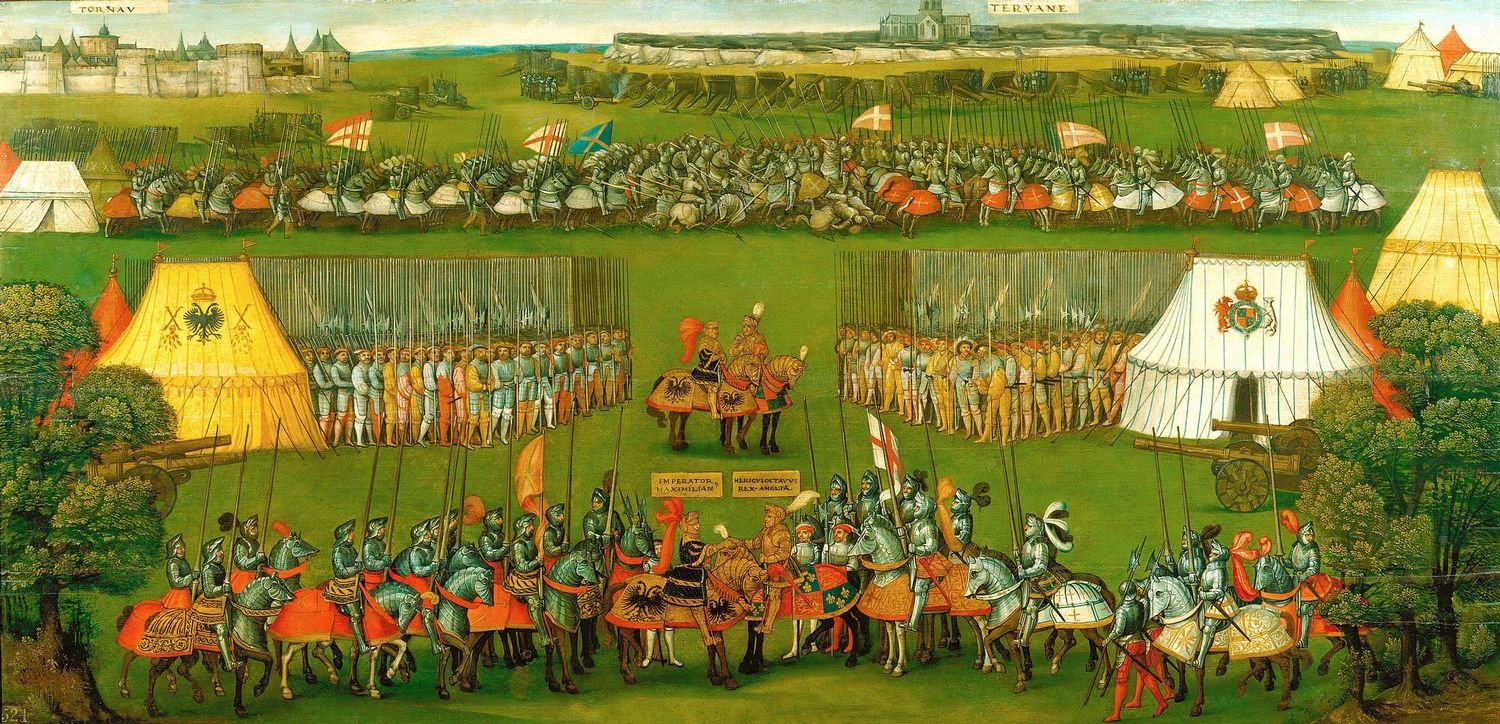
European Armour in the Royal Collection
An introduction to European armour in the Royal Collection.
Charles I (1600-1649) with M. de St Antoine
Dated 1633RCIN 405322
In classical and Renaissance tradition, skilled horsemanship signified mastery and fitness to rule. Young aristocratic men were expected to learn how to handle a 'great horse' of considerable strength as a symbol of authority over unruly passions. Van Dyck alludes to this here, presenting a poised Charles I (1600–1649) who, with a light touch on the reins, guides his powerful horse through a triumphal arch. His equerry, Seigneur de St Antoine, gazes up at him. St Antoine had been sent from France in 1603 to train Charles and his brother in the art of horsemanship, but here the relationship has been reversed, reinforcing the sense of Charles's proficiency. In practice, control on horseback was afforded by a deep, padded saddle with accompanying saddle steels, and by spurs and stirrups – all of which can be seen here. The latter have been gilded, and with the delicate lace collar and sash of the Order of the Garter create the impression of a chivalrous and restrained knight, fit to rule.







